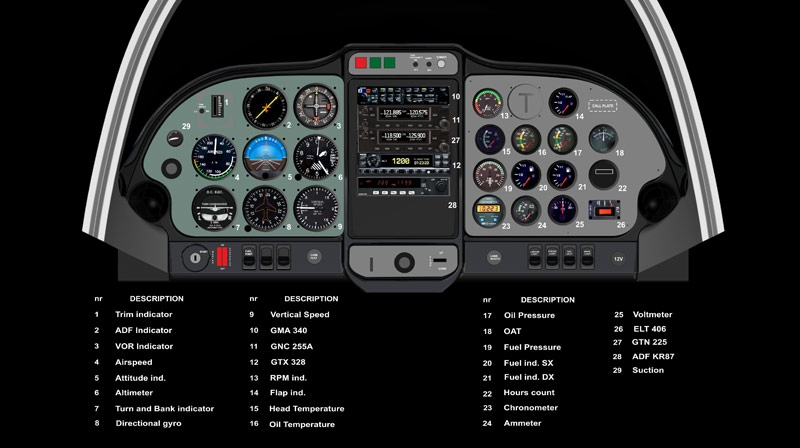Flight Instruments

Flight instruments enable an Aircraft to be operated with maximum performance and enhanced safety, especially when flying long distances. Manufacturers provide the necessary Flight Instruments, but to use them effectively, Pilots need to understand how they operate. As a Pilot, it is important to become very familiar with the operational aspects of the pitot-static system and associated instruments, the vacuum system and associated instruments, the gyroscopic instruments, and the magnetic compass.
- Pitot-Static Flight Instruments – Impact and Static Pressure Chambers and Lines
- Pitot-Static Flight Instruments – Altimeters (Part One)
- Pitot-Static Flight Instruments – Altimeters (Part Two)
- Pitot-Static Flight Instruments – Vertical Speed (VSI) and Airspeed (ASI) Indicators
- Pitot-Static Flight Instruments – Blockage of the Pitot Static System
- Electronic Flight Display (EFD)
- Gyroscopic Flight Instruments (Part One)
- Gyroscopic Flight Instruments (Part Two)
- Gyroscopic Flight Instruments (Part Three)
- Angle of Attack Indicators
- Aircraft Compass Systems (Part One)
- Aircraft Compass Systems (Part Two)